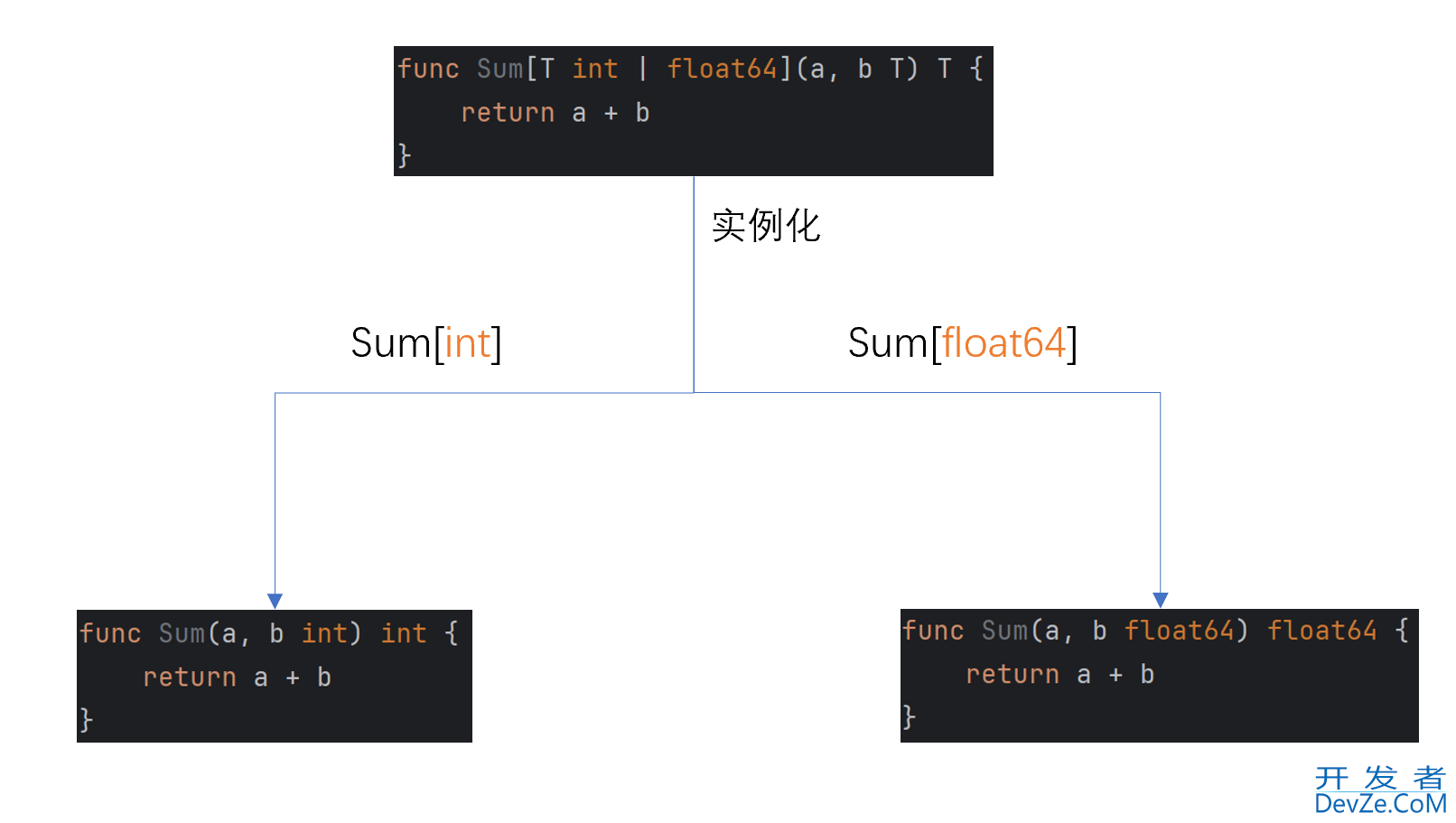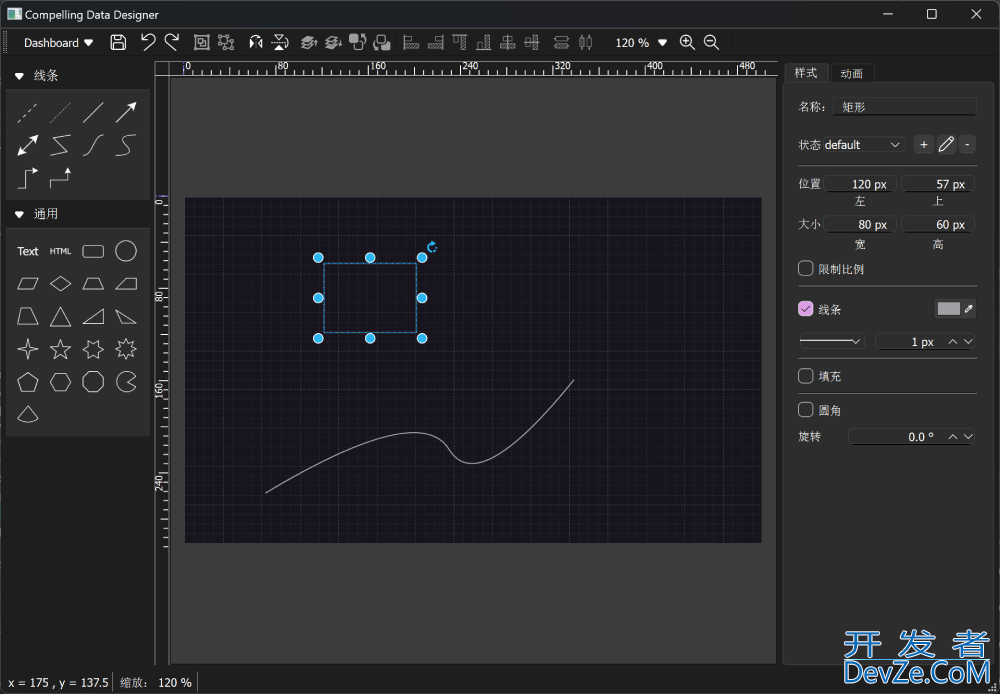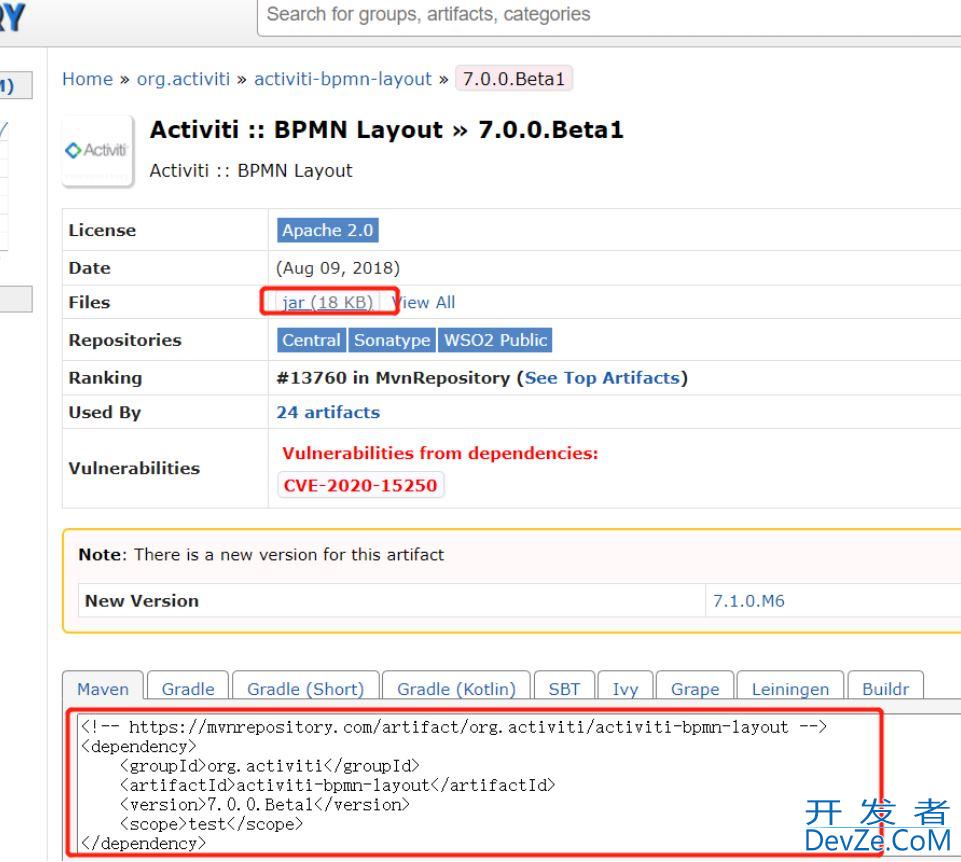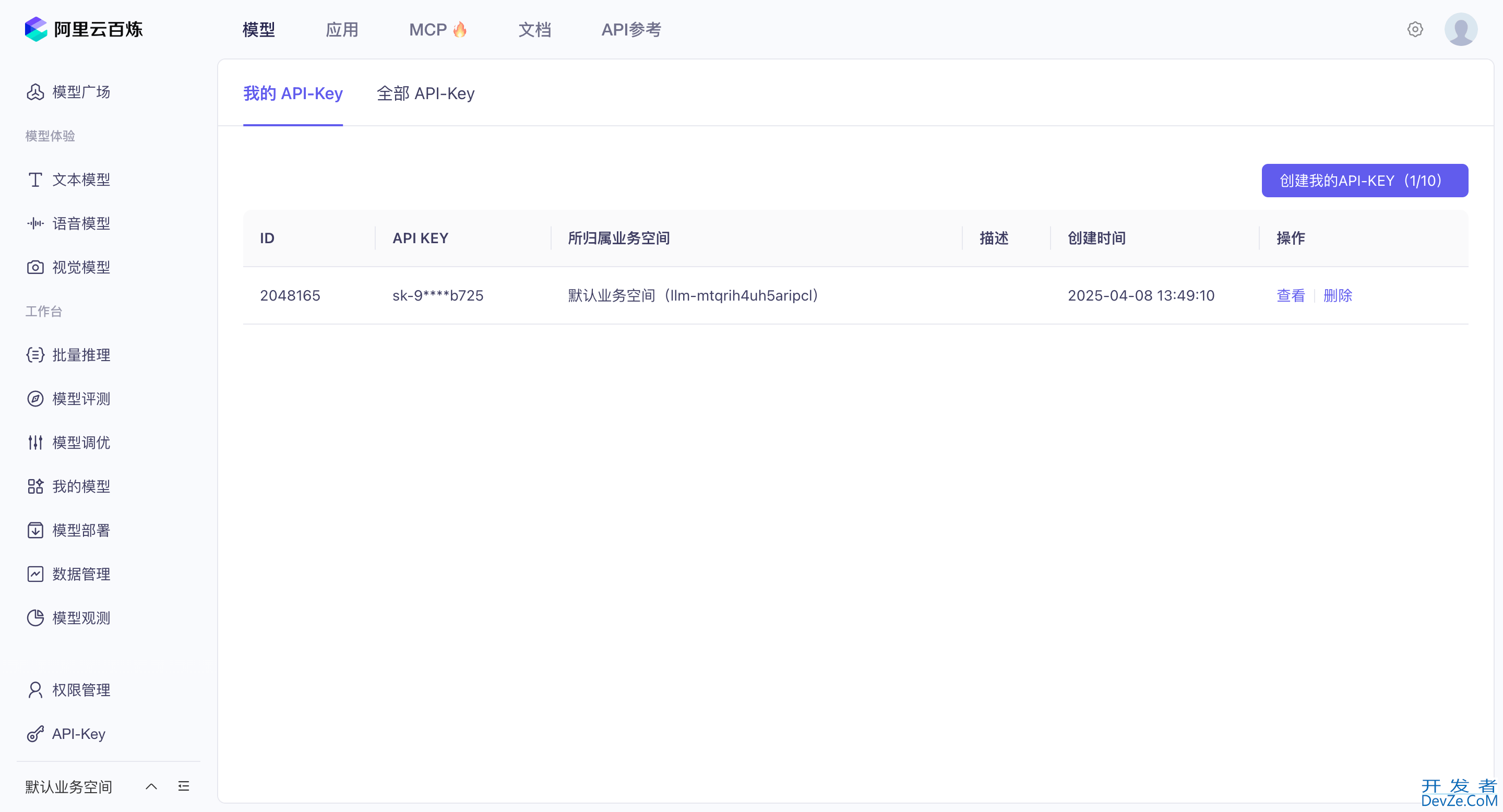目录
- 前言
- Now():获取当前本地的时间
- 获取具体时间单位的值(yeah、month、day ······)
- 时间格式化
- 获取秒、微秒、毫秒、纳秒
- 通过指定年月日等参数获取时间
- 时间戳与时间的转换
- 字符串转时间格式
- 时间的添加和减少操作
- 计算两个时间的时间差
- 计算当前时间与某个时间的时间差
- 判断当前时间是否在某个时间之前
- 判断当前时间是否在某个时间之后
- 小结
前言
在日常开发中,我们避免不了时间的使用,我们可能需要获取当前时间,然后格式化保存,也可能需要在时间类型与字符串类型之间相互转换等。本文将会对 Go time 包里面的常用函数和方法进行介绍。
Now():获取当前本地的时间
import (
"fmt"
"time"
)
func main() {
now := time.Now()
fmt.Println(now) // 2022-12-03 21:06:16.1658077 +0800 CST m=+5.936223001
}
Now() 函数返回的是一个 time 包内置的一个结构体 Time。
获取具体时间单位的值(yeah、month、day ······)
根据 Now() 的返回的 Time 结构体,我们通过其方法可以获取到具体的时间单位的值,例如 年、月、日等等。
import (
"fmt"
"time"
)
func main() {
now := time.Now()
fmt.Println("年:", now.Year())
fmt.Println("月:", now.Month())
fmt.Println("数字格式的月:", int(now.Month()))
fmt.Println("日:", now.Day())
fmt.Println("时:", now.Hour())
fmt.Println("分:", now.Minute())
fmt.Println("秒:", now.Second())
}
通过 Time 结构体的 Year()、Month()、Day()、Hour()、Minute()、Second() 这些方法,可以获取到当前时间的 年、月、日、时、分、秒的值。
时间格式化
通过 Time 结构体的 Format(layout string) 方法可以将时间转换成指定格式并以 string 类型返回。
import (
"fmt"
"time"
)
func main() {
now := time.Now()
format1 := now.Format("2006-01-02 15:04:05")
format2 := now.Format("2006/01/02 15:04:05")
format3 := now.Format("2006-01-02")
format4 := now.Format("2006/01/02")
format5 := now.Format("15:04:05")
fmt.Println(format1) // 2022-12-03 22:27:56
fmt.Println(format2) // 2022/12/03 22:27:56
fmt.Println(format3) // 2022-12-03
fmt.Println(format4) // 2022/12/03
fmt.Println(format5) // 22:27:56
}
其中 layout 格式参数,Go 强制我们使用 2006-01-02 15:04:05 这个固定的值,连接符如 - 可以改变,但是数字不能变,否则时间会对不上。
获取秒、微秒、毫秒、纳秒
import (
"fmt"
"time"
)
func main() {
now := time.Now()
// 获取秒
fmt.Println(now.Unix()) // 1670078476
// 获取毫秒
fmt.Println(now.UnixMilli()) // 1670079987508082
// 获取微秒
fmt.Println(now.UnixMicro()) // 1670079987508082
// 获取纳秒
fmt.Println(now.UnixNano()) // 1670079987508082500
}
通过 time 结构体的 Unix()、UnixMilli()、UnixMicro()、UnixNano() 方法可以获取对应是秒时php间戳、毫秒时间戳、微秒时间戳和纳秒时间戳。
通过指定年月日等参数获取时间
import (
"fmt"
"time"
)
func main() {
date := time.Date(2002, 12, 03, 12, 12, 12, 0, time.UTC)
fmt.Println(date) // 2022-12-03 12:12:12 +0000 UTC
}
通过 Date(year int, month Month, day, hour, min, sec, nsec int, loc *Location) Time 函数,传入指定的年月日等参数,获取指定是时间变量。
时间戳与时间的转换
import (
"fmt"
"time"
)
func main() {
now := time.Now()
time1 := time.Unix(now.Unix(), 0).Format("2006-01-02 15:04:05")
time2 := time.UnixMilli(now.UnixMilli()).Format("2006-01-02 15:04:05")
time3 := time.UnixMicro(now.UnixMicro()).Format("2006-01-02 15:04:05")
fmt.P编程客栈rintln(time1) // 2022-12-03 23:03:33
fmt.Println(time2) // 2022-12-03 23:03:33
fmt.Println(time3) // 2022-12-03 23:03:33
}
通过 Unix()、UnixMilli()、和 UnixMicro() 方法可以将对应时间戳转换成当前时间并格式化。
字符串转时间格式
import (
"fmt"
"time"
)
func main() {
t1, err := time.Parse("2006-01-02 15:04:05", "2022-12-03 13:00:00")
if err != nil {
编程客栈 fmt.Println("err: ", err)
return
}
fmt.Println(t1) // 2022-12-03 13:00:00 +0000 UTC
t2, err := time.Parse("2006-01-02", "2022-12-0编程客栈3")
if err != nil {
fmt.Println("err: ", err)
return
}
fmt.Println(t2) // 2022-12-03 00:00:00 +0000 UTC
t3, err := time.Parse("15:04:05", "13:00:00")
开发者_Go教程if err != nil {
fmt.Println("err: ", err)
return
}
fmt.Println(t3) // 0000-01-01 13:00:00 +0000 UTC
}
通过 Parse(layout, value string) (Time, error) 函数将字符串转成 time 时间。layout 格式必须与 value 的格式相对应,否则会返回 error。
时间的添加和减少操作
import (
"fmt"
"time"
)
func mpythonain() {
now := time.Now()
newTime := now.Add(time.Hour * 1)
fmt.Println(newTime.Format("2006-01-02 15:04:05"))
}
- 通过
(t Time) Add(d Duration) Time方法,可以对时间进行添加或减少操作,传入的参数是正数表示添加,负数表示减少。添加单位有天、小时、分钟等。 Duration表示所添加的时间,time.Hour表示小时单位,除此之外还有time.Minute分钟单位、time.Second秒单位等。
计算两个时间的时间差
import (
"fmt"
"time"
)
func main() {
now := time.Now()
newTime := now.Add(time.Hour * 1)
fmt.Println(newTime.Sub(now)) // 1h0m0s
}
通过 Sub(u Time) Duration 方法可以计算两个时间的时间差。
计算当前时间与某个时间的时间差
import (
"fmt"
"time"
)
func main() {
beforeTime := time.Now().Add(time.Hour * -1)
fmt.Println(time.Since(beforeTime)) // 1h0m0s
}
通过 Add(d Duration) Time 方法将当前时间减少一小时,然后通过 Since(t Time) Duration 函数比较当前时间与其他时间的时间差。
判断当前时间是否在某个时间之前
import (
"fmt"
"time"
)
func main() {
now := time.Now()
date := time.Date(2022, 12, 03, 12, 12, 12, 0, time.UTC)
fmt.Println(now.Before(date)) // false
}
通过 Before(u Time) bool #方法,判断当前的时间是否在传入的时间之前,返回值为布尔值,true 为是,false 为否。
判断当前时间是否在某个时间之后
import (
"fmt"
"time"
)
func main() {
now := time.Now()
date := time.Date(2022, 12, 03, 12, 12, 12, 0, time.UTC)
fmt.Println(now.After(date)) // true
}
通过 After(u Time) bool 方法,判断当前的时间是否在传入的时间之后,返回值为布尔值,true 为是,false 为否。
小结
本文介绍了如果获取当前时间、在当前时间的前提下获取具体的年月日时分秒、时间格式化和时间戳与时间的转换以及计算时间差的方法等。掌握了这些函数和方法的使用,应对开发中 时间操作的场景不成问题。
到此这篇关于一文带你了解Go语言中time包的时间常用操作的文章就介绍到这了,更多相关Go time包常用操作内容请搜索我们以前的文章或继续浏览下面的相关文章希望大家以后多多支持我们!









 加载中,请稍侯......
加载中,请稍侯......
精彩评论